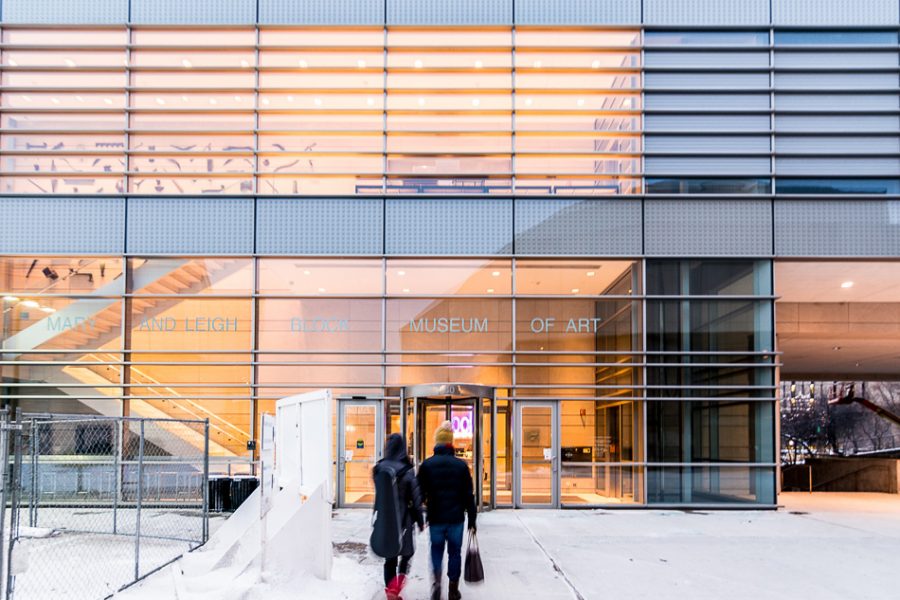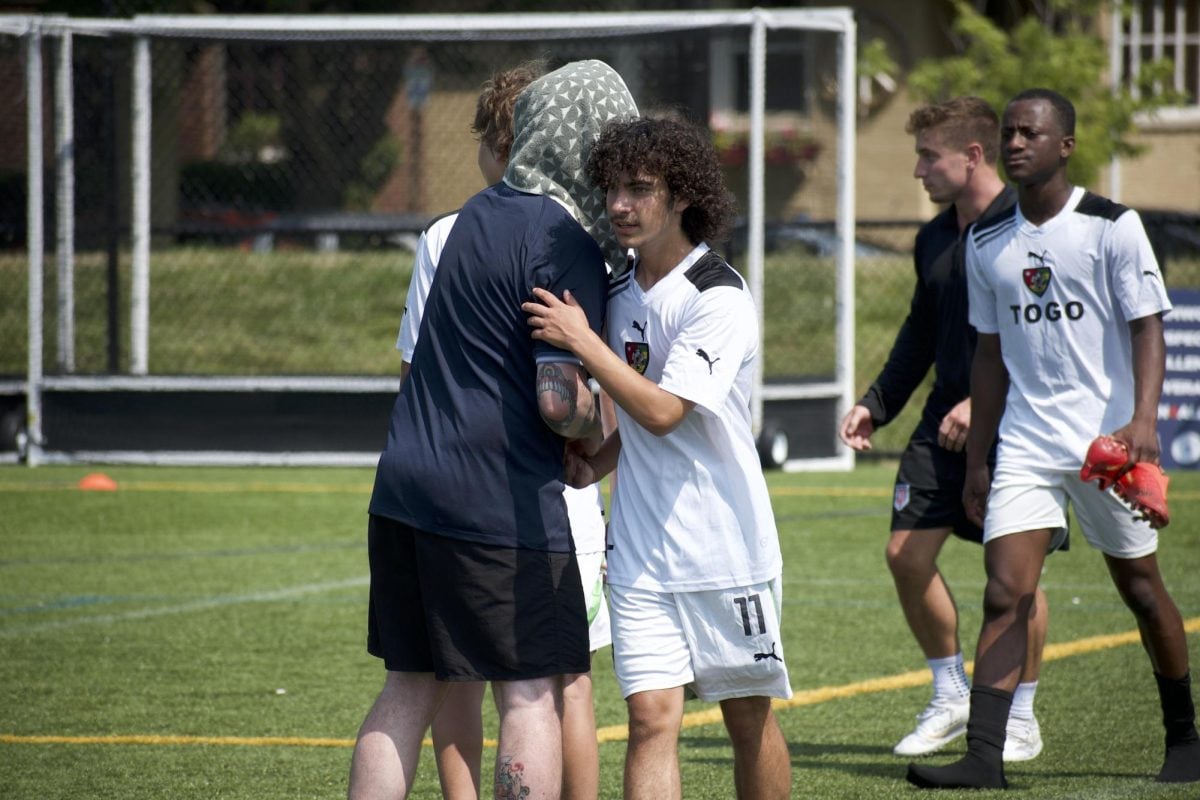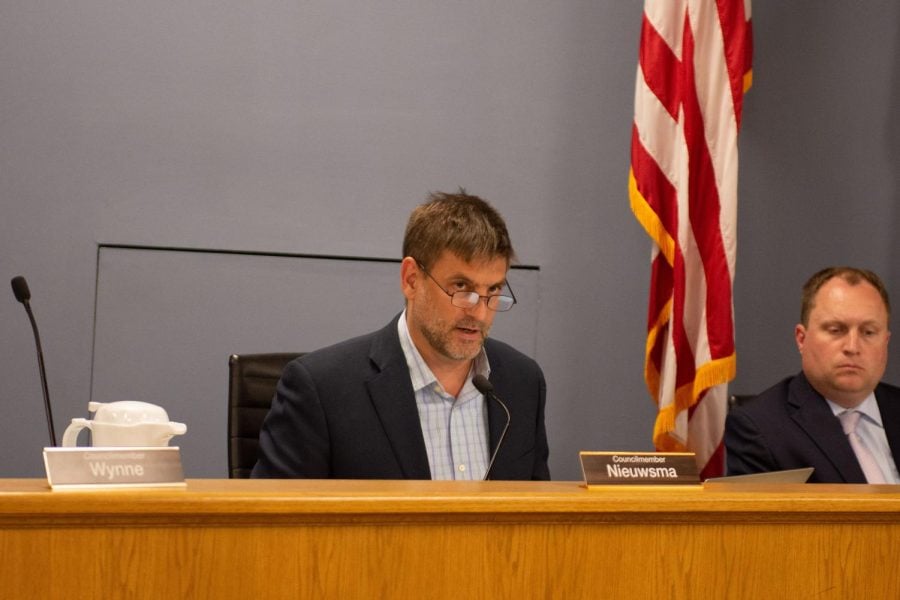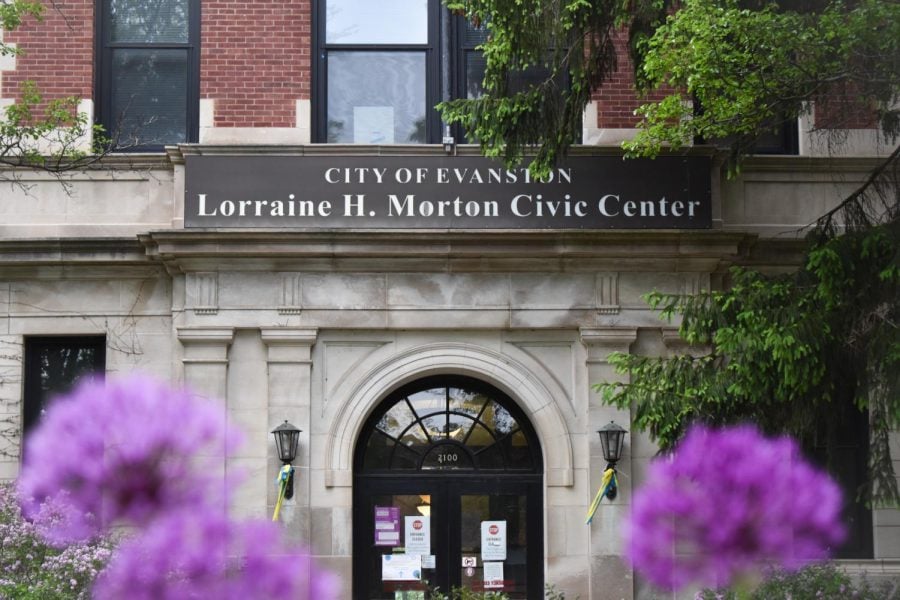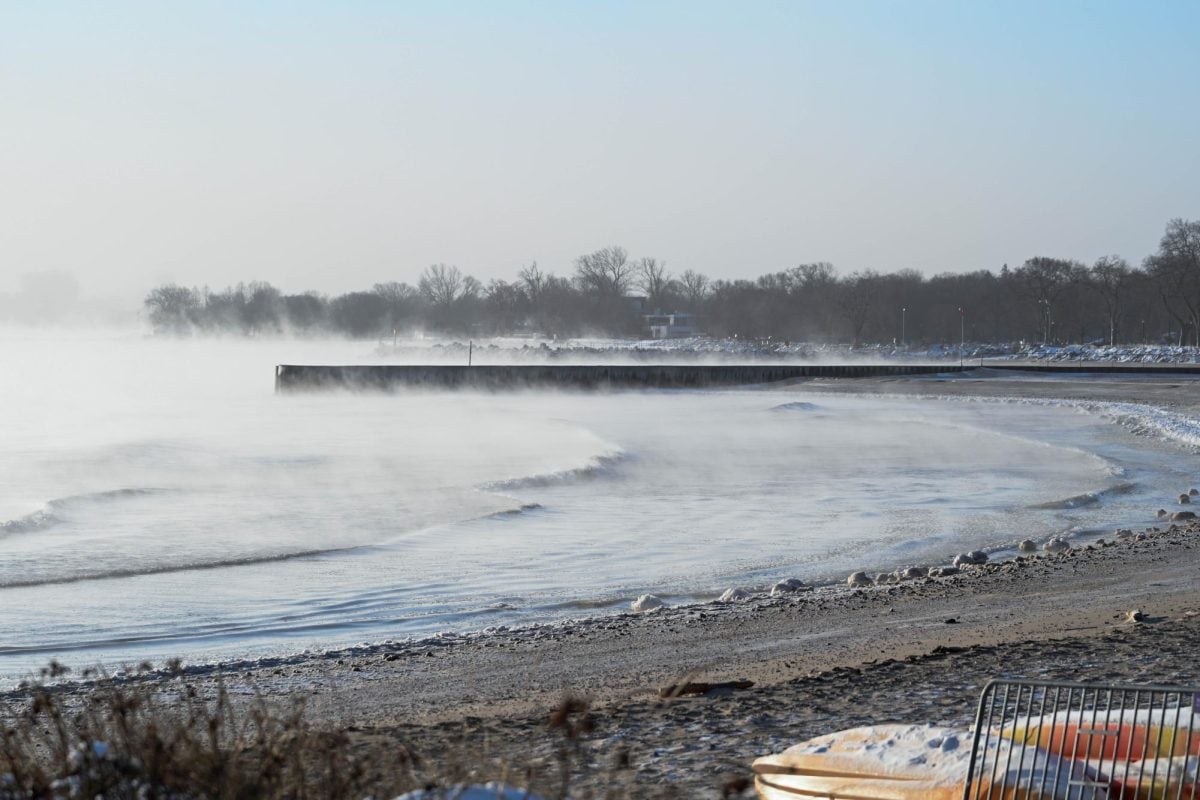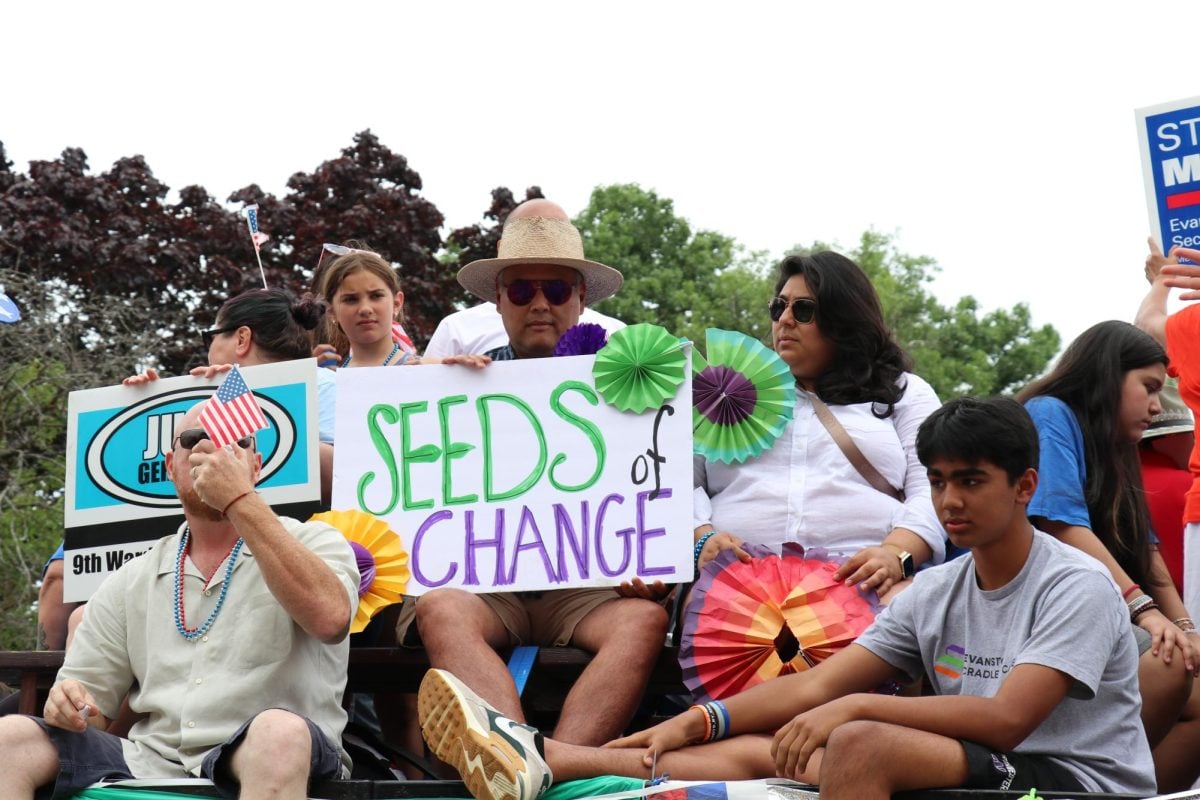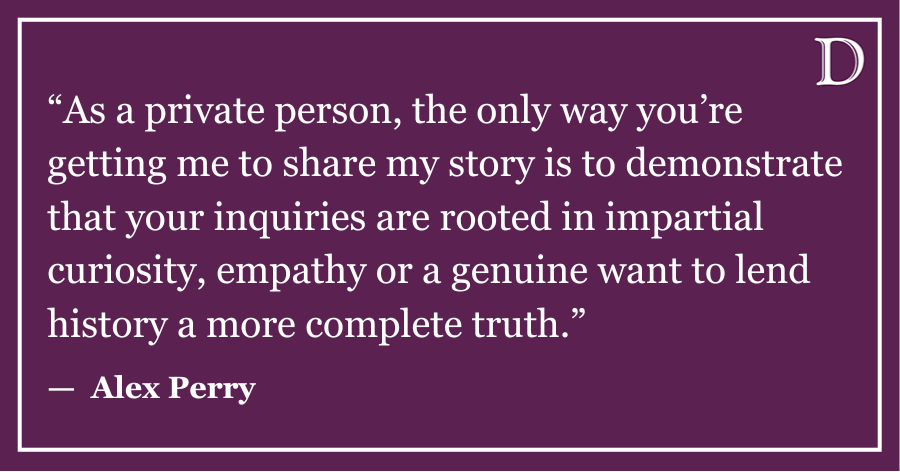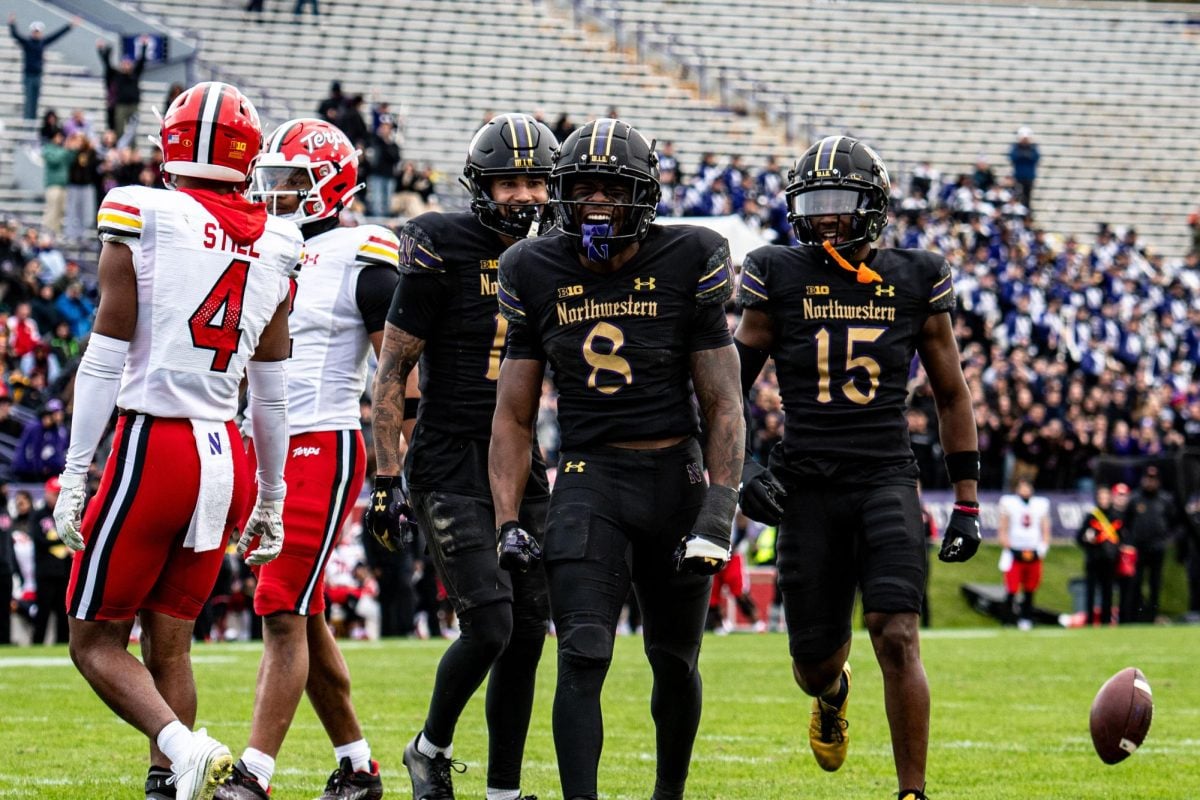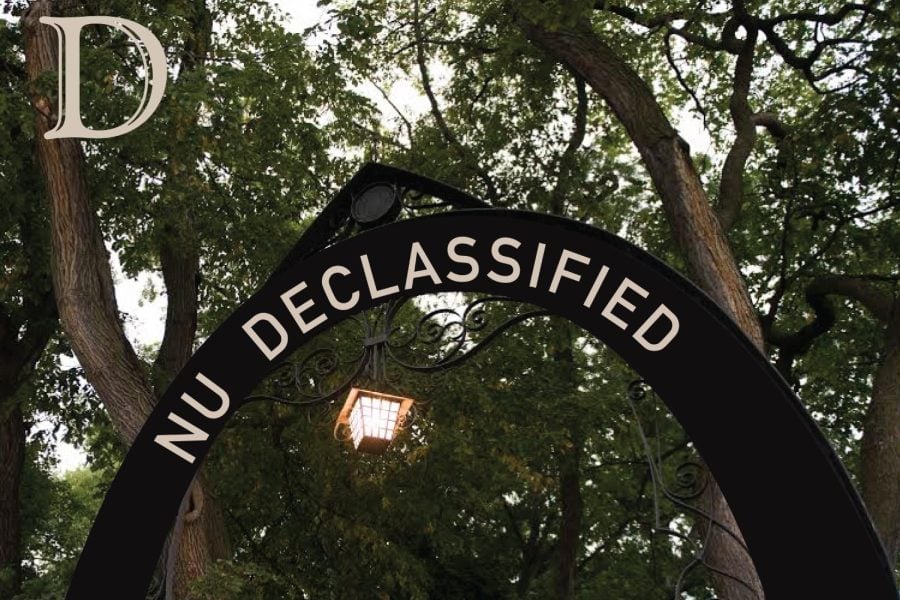Artist Fox Maxy discusses land and Indigenous people in his short films
The Block Museum of Art, 40 Arts Circle Dr. Artist Fox Maxy screened three of his short films in an event hosted by the museum.
November 11, 2020
Artist Fox Maxy screened three of his short films to an online audience last week through an event organized by The Block Museum of Art and NU’s Center for Native American and Indigenous Research.
In his films, Maxy, who is based in California, considers the meaning of land as well as the threats of colonialism and extraction. The first film, “California Girls,” profiles Tiffany Adams, whose work revolves around Indigenous women and traditional facial tattoos.
The second film, “San Diego,” utilizes footage from archival videos and cameraphone recordings to talk about Indigenous safety amid colonialism and the pandemic. “Maat Means Land,” the final film in the series, shows clips of border walls and security guards in California to challenge territorial logics.
“‘Maat Means Land’ is a film where I wanted to say ‘thank you’ and just acknowledge all these really important places and times that have made me who I am,” the Ipai Kumeyaay and Payómkawichum filmmaker said. “I really wish people would acknowledge where they live and kind of look more into the history of how they are able to live there.”
Block Museum Curator of Media Arts Michael Metzger said the screening spoke to contemporary Indigenous perspectives, and he was attracted to Maxy’s films because of their “timeliness, urgency and originality.”
Maxy’s films employ digital aesthetics and social media to show contemporary issues confronting Indigenous communities, such as environmental destruction and the assaults on sovereignty, Metzger added.
“Unlike many mainstream representations that position native life as trapped in the past, Fox’s films speak to present-day struggles and contemplate the possibilities for Indigenous futures,” Metzger said.
An online discussion between Maxy and Teresa Montoya, an anthropology postdoctoral fellow at University of Chicago, followed the screening. Montoya, who is also a filmmaker and photographer, said an implicit theme in Maxy’s films is being an Indigenous person in an urban setting.
Montoya said it can sometimes be hard for people to recognize that many urban cities in the United States are also Indigenous land. The films aid in pushing back on the narratives which associate pristine virgin landscapes with Indigenous people.
“I like how (Maxy) is breaking down some of those tropes and stereotypes around native people only existing in certain places,” Montoya said.
By definition, the word “Indigenous” means coming from a place, and Maxy said that it blew his mind that everyone could use this word, rather than just Indigenous people. Everyone comes from a place and everyone has important roots tied to their “personalities and ways of living,” he said.
About a year ago, Maxy’s uncle told him the tribes traditionally gave each person a role to play in the community, although the process was lost over time. However, his uncle said the people still have reminders of tribal traditions.
“That’s when it really clicked to me that me being a filmmaker is a birthright. It’s a role for me. It’s something that I can do for my community,” Maxy said.
Email: [email protected]
Twitter: @RaynaYu_Song
Related Stories:
— Block Museum offers a feminist perspective to Arab histories through film series
— “Modernisms” displays the rich culture of Asian and Middle Eastern modernist art
